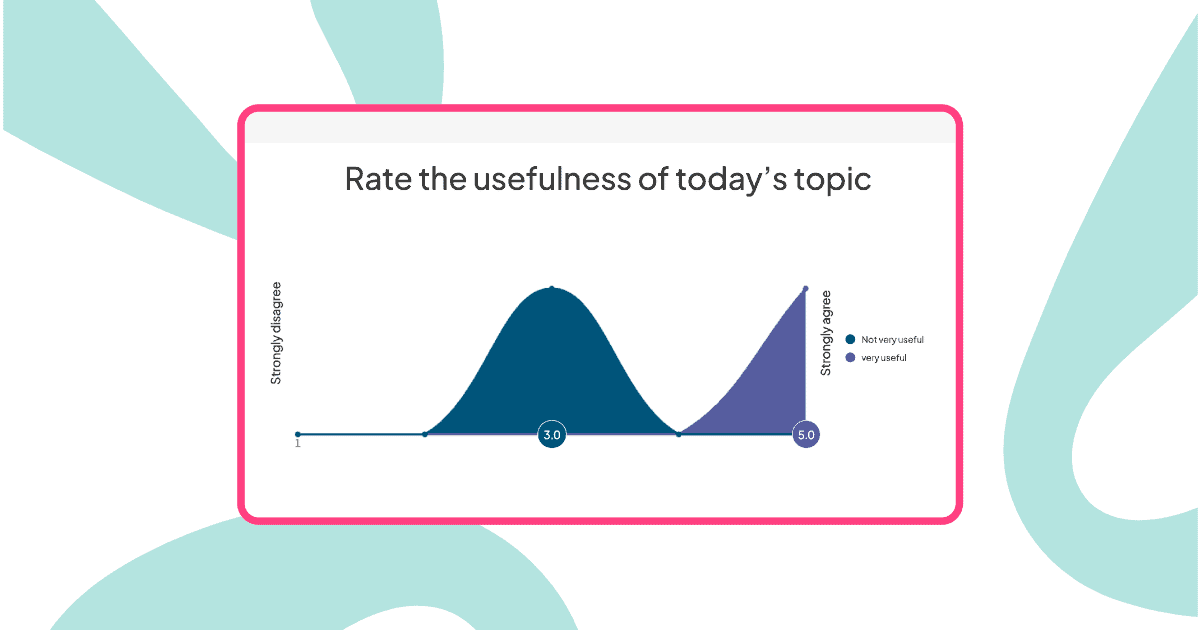Named after its developer, Rensis Likert, the Likert scale, invented in the 1930s, is a popularly used rating scale that requires the respondents to indicate the degree of agreement or disagreement with each of a series of statements about the stimulus objects.
Likert Scale comes with odd and even measurement scales, and 5-point Likert Scale and 7-point Likert Scale with a midpoint are much more commonly used in questionnaires and surveys. However, the choice of several response options depends on many factors.
So, when is the best time to use Odd or Even Likert Scales? Check out the top selective Likert scale examples in this article for more insight.
Table of Contents
- Introduce Likert Scale Descriptors
- 3-Point Likert Scale Examples
- 4-Point Likert Scale Examples
- 5-Point Likert Scale Examples
- 6-Point Likert Scale Examples
- 7-Point Likert Scale Examples
- Frequently Asked Questions
Introduce Likert Scale Descriptors
A major benefit of Likert-type questions is their flexibility, as the above questions can be used to gather information regarding sentiment toward a wide range of topics. Here are some typical survey response scales:
- Agreement: Assessing how much respondents agree or disagree with statements or opinions.
- Value: Gauging the perceived value or importance of something.
- Relevance: Measuring the relevance or appropriateness of specific items or content.
- Frequency: Determining how often certain events or behaviors occur.
- Importance: Evaluating the importance or significance of various factors or criteria.
- Quality: Assessing the quality level of products, services, or experiences.
- Likelihood: Estimating the likelihood of future events or behaviors.
- Extent: Measuring the extent or degree to which something is true or applicable.
- Competence: Evaluating the perceived competence or skills of individuals or organizations.
- Comparison: Comparing and ranking preferences or opinions.
- Performance: Assessing the performance or effectiveness of systems, processes, or individuals.
- Satisfaction: Measuring how satisfied and dissatisfied someone is with the product and service.
3-Point Likert Scale Examples
The 3-point Likert scale is a simple and easy-to-use scale that can be used to measure a variety of attitudes and opinions. Some examples of the 3-Point Likert Scale are as follows:

1. Do you feel that your workload at your current job is:
- More than I would like
- About right
- Less than I would like
2. To what extent do you agree with the following statement? “I find the user interface of this software extremely user-friendly.”
- Extremely
- Moderately
- Not at all
3. How do you perceive the weight of the product?
- Too heavy
- About Right
- Too light
4. How would you rate the level of supervision or enforcement in your workplace/school/community?
- Too Harsh
- About right
- Too Lenient
5. How would you rate the amount of time you spend on social media each day?
- Too much
- About right
- Too little
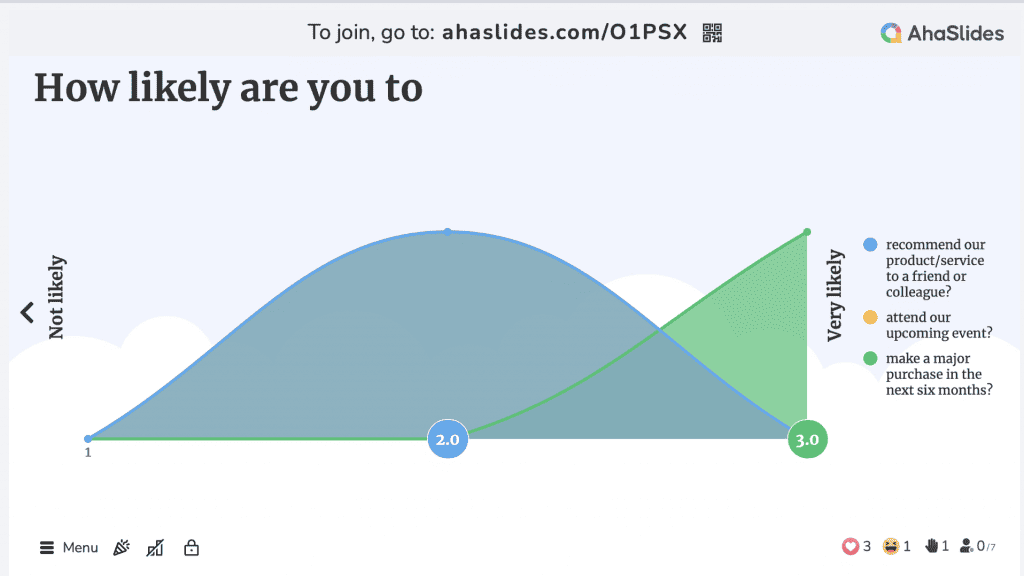
6. How would you rate the importance of environmental sustainability in your purchasing decisions?
- Very Important
- Moderately Important
- Not Important
7. In your opinion, how would you describe the condition of the roads in your neighborhood?
- Good
- Fair
- Poor
8. How likely are you to recommend our product/service to a friend or colleague?
- Not likely
- Somewhat likely
- Very likely
9. To what extent do you believe your current job aligns with your career goals and aspirations?
- To a very large (or large extent)
- To some extent
- To little (or no extent)
10. In your opinion, how satisfied are you with the cleanliness of the facilities at our establishment?
- Excellent
- Somewhat
- Poor
How do You Present a Likert Scale?
Here are the 4 simple steps you can do to create and present a Likert scale for your participants to vote:
Step 1: Create an AhaSlides account, it's free.
Step 2: Make a new presentation, then choose the 'Scales' slide.
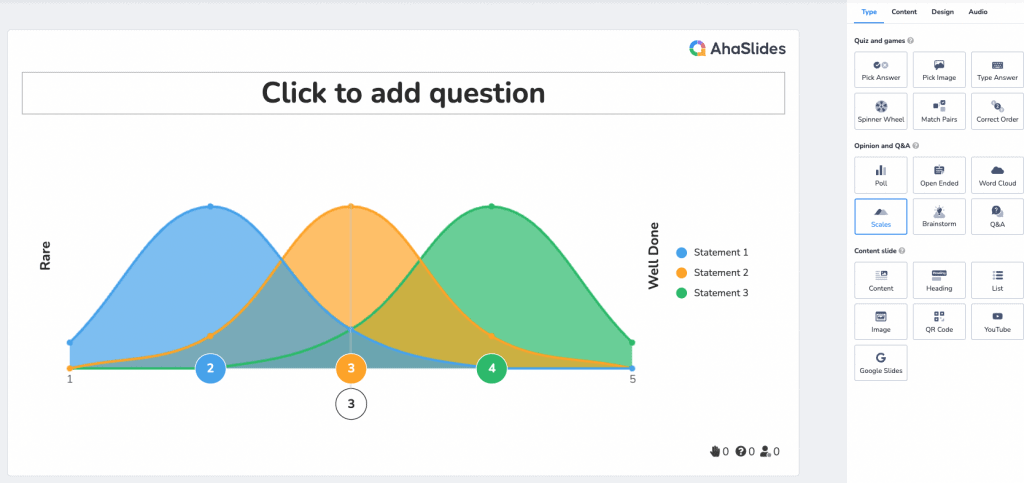
Step 3: Enter your question and statements for the audience to rate, then set the scale label to Likert scale 3 points, 4 points, or any value of your choices.
Step 4: Press the 'Present' button to gather real-time responses, or choose the 'Self-paced' option in the settings and share the invitation link to let your participants vote at any time.
Your audience’s response data will remain on your presentation unless you choose to erase it, so the Likert scale data is always available.
4-Point Likert Scale Examples
Typically, a 4-point Likert Scale doesn't have a natural point, respondents are presented with two positive agreement options and two negative disagreement options.

11. How often do you exercise or engage in physical activity each week?
- Most of the time
- Some of the time
- Seldom
- Never
12. I believe that the company's mission statement accurately reflects its values and goals.
- Strongly Agree
- Agree
- Disagree
- Strongly Disagree
13. Do you plan to attend the upcoming event hosted by our organization?
- Definitely won’t
- Probably won’t
- Probably will
- Definitely will
14. To what extent do you feel motivated to pursue your personal goals and aspirations?
- Somewhat
- Very Little
- Not at All
15. To what extent does regular exercise contribute to mental well-being among individuals of different age groups?
- High
- Moderate
- Low
- None
Get Real-time Insights With Aha's Live Poll
More than Likert scales, let the audience express their opinions through visually appealing bar charts, donut charts and even images!
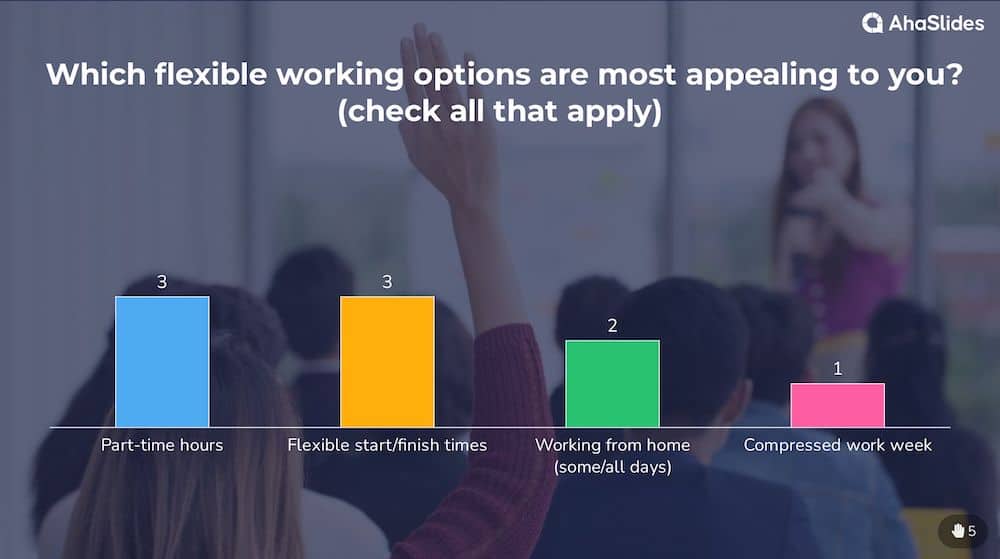
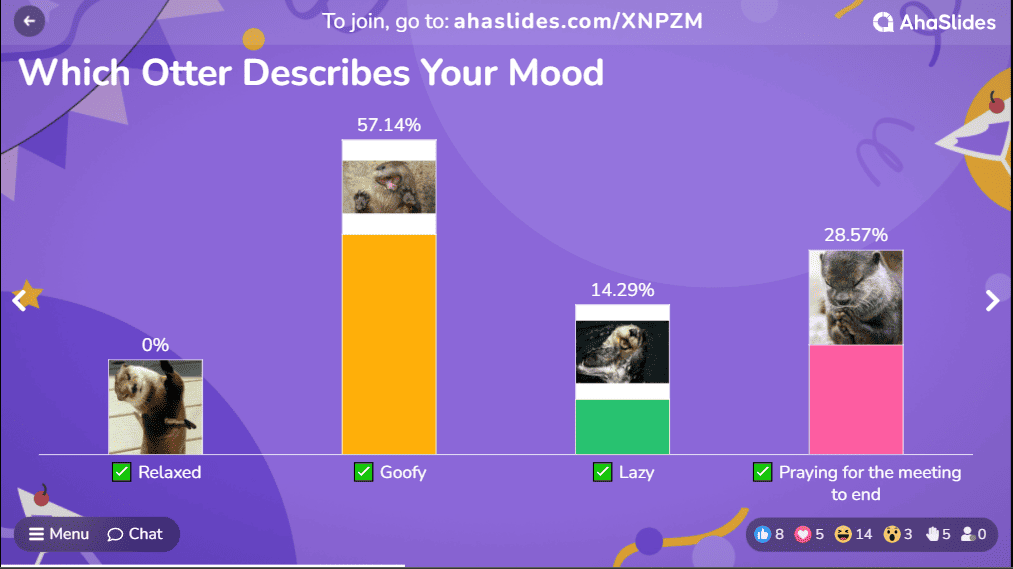
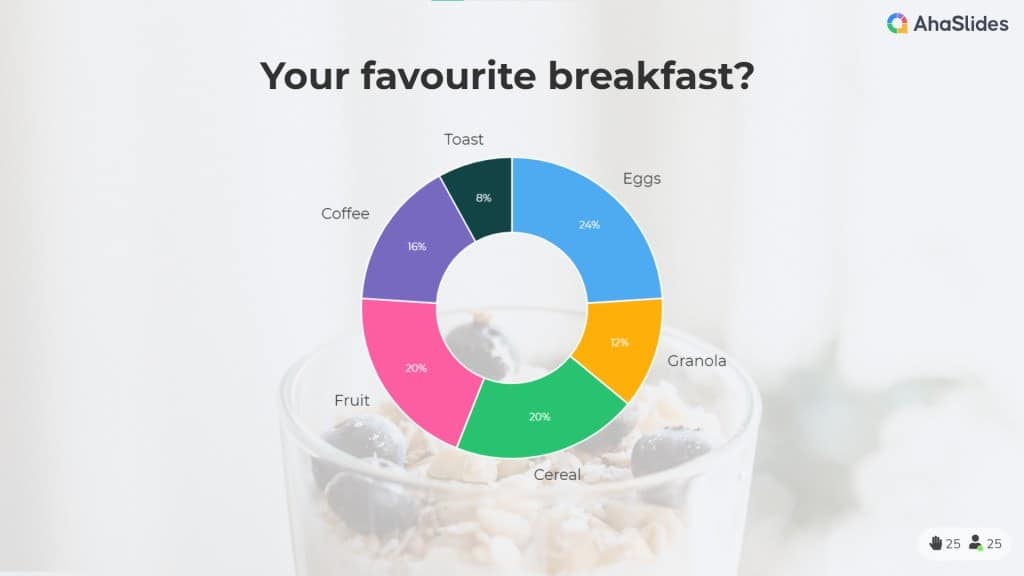

5-Point Likert Scale Examples
The 5-point Likert scale is a commonly used rating scale in research that contains 5 response options, including two extreme sides and a neutral point linked to the middle answer options.
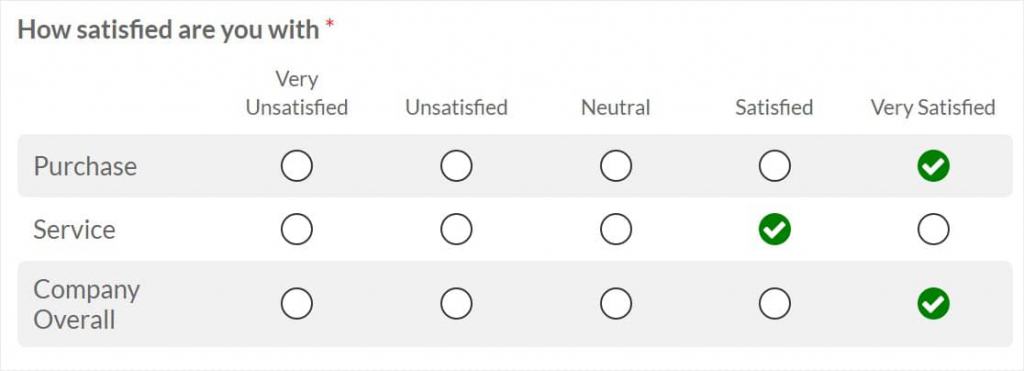
16. In your opinion, how important is regular exercise for maintaining good health?
- Very Important
- Important
- Moderately Important
- Slightly Important
- Not Important
17. When making travel plans, how important is the proximity of accommodations to tourist attractions?
- 0 = Not Important At All
- 1 = Of Little Importance
- 2 = Of Average Importance
- 3 = Very Important
- 4 = Absolutely Essential
18. In terms of your job satisfaction, how has your experience changed since the last employee survey?
- Much better
- Somewhat better
- Stayed the same
- Somewhat worse
- Much worse
19. Considering your overall satisfaction with the product, how would you rate your recent purchase from our company?
- Excellent
- Above Average
- Average
- Below Average
- Very Poor
20. In your daily life, how often do you experience feelings of stress or anxiety?
- Almost always
- Often
- Sometimes
- Seldom
- Never

21. I believe that climate change is a significant global concern that requires immediate action.
- Strongly Agree
- Agree
- Undecided
- Disagree
- Strongly Disagree
22. How would you rate your level of job satisfaction at your current workplace?
- Extremely
- Very
- Moderately
- Slightly
- Not at all
23. How would you rate the quality of the meals at the restaurant you visited yesterday?
- Very good
- Good
- Fair
- Poor
- Very poor
24. In terms of the effectiveness of your current time management skills, where do you think you stand?
- Very High
- Above Average
- Average
- Below Average
- Very Low
25. In the past month, how would you describe the amount of stress you've experienced in your personal life?
- Much higher
- Higher
- About the same
- Lower
- Much lower
26. How satisfied are you with the customer service you received during your recent shopping experience?
- Very satisfied
- Quite satisfied
- Dissatisfied
- Very dissatisfied
27. How often do you rely on social media for news and information?
- A Great Deal
- Much
- Somewhat
- Little
- Never
28. In your opinion, how well did the presentation explain the complex scientific concept to the audience?
- Exactly Descriptive
- Very Descriptive
- Descriptive
- Somewhat Descriptive
- Not Descriptive
6-Point Likert Scale Examples
A 6-Point Likert Scale is a type of survey response scale that includes six response options, and each option can either lean positively or negatively.

29. How likely are you to recommend our product to a friend or colleague in the near future?
- Definitely
- Very Probably
- Probably
- Possibly
- Probably Not
- Definitely Not
30. How often do you use public transportation for your daily commute to work or school?
- Very Frequently
- Frequently
- Occasionally
- Rarely
- Very Rarely
- Never
31. I feel that the company's recent changes to its work-from-home policy are fair and reasonable.
- Agree Very Strongly
- Agree Strongly
- Agree
- Disagree
- Disagree Strongly
- Disagree Very Strongly
32. In my opinion, the current education system adequately prepares students for the challenges of the modern workforce.
- Completely Agree
- Mostly Agree
- Slightly Agree
- Slightly Disagree
- Mostly Disagree
- Completely Disagree
33. How accurate do you find the product's marketing claims and descriptions on its packaging?
- Completely True Description
- Largely True
- Somewhat True
- Not Descriptive
- Largely False
- Completely False Description
34. How would you rate the quality of the leadership skills demonstrated by your current supervisor?
- Outstanding
- Very Strong
- Competent
- Underdeveloped
- Not Developed
- Does Not Apply
35. Please rate the reliability of your internet connection in terms of uptime and performance.
- 100% of the time
- 90+% of the time
- 80+% of the time
- 70+% of the time
- 60+% of the time
- Less than 60% of the time
7 Point Likert Scale Examples
This scale is used to measure the intensity of agreement or disagreement, satisfaction or dissatisfaction, or any other sentiment related to a particular statement or item with seven response options.
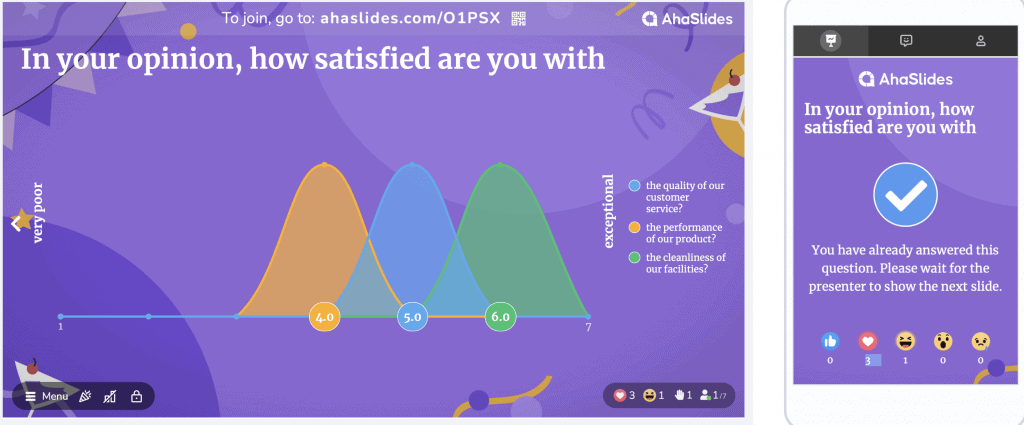
36. How often do you find yourself being honest and truthful in your interactions with others?
- Almost Always True
- Usually True
- Often True
- Occasionally True
- Rarely True
- Usually Not True
- Almost Never True
37. In terms of your overall satisfaction with your current living situation, where do you stand?
- very dissatisfied
- moderately dissatisfied
- slightly dissatisfied
- neutral
- slightly satisfied
- moderately satisfied
- very satisfied
38. In terms of your expectations, how did the recent product release from our company perform?
- far below
- moderately below
- slightly below
- met expectations
- slightly above
- moderately above
- far above
39. In your opinion, how satisfied are you with the level of customer service provided by our support team?
- very poor
- poor
- fair
- good
- very good
- excellent
- exceptional
40. To what extent do you feel motivated to pursue your fitness goals and maintain a healthy lifestyle?
- To an Extremely Large Extent
- To a Very Large Extent
- To a Large Extent
- To a Moderate Extent
- To a Small Extent
- To a Very Small Extent
- To an Extremely Small Extent
Frequently Asked Questions
What is the best Likert scale for a survey?
The most popular Likert scale for survey is 5-point and 7-point. However, it is vital to note that:
- When seeking opinions, it can be helpful to use an even number of options in your response scale to create a "forced choice".
- When asking for a response regarding fact, it is fine to use either an odd or even response option because there is no “neutral”.
How do you analyze data using a Likert scale?
The Likert scale data can be treated as interval data, which means that the mean is the most appropriate measure of central tendency. To describe the scale, we can use means and standard deviations. The mean represents the average score on the scale, while the standard deviation represents the amount of variation in the scores.
Why do we use the 5-point Likert scale?
A 5-point Likert scale is advantageous for survey questions. Respondents can easily answer questions without much effort since the answers are already provided. The format is easy to analyze and widely used, making it a reliable way to collect data.
Ref: Stlhe | Iowa State Uni



